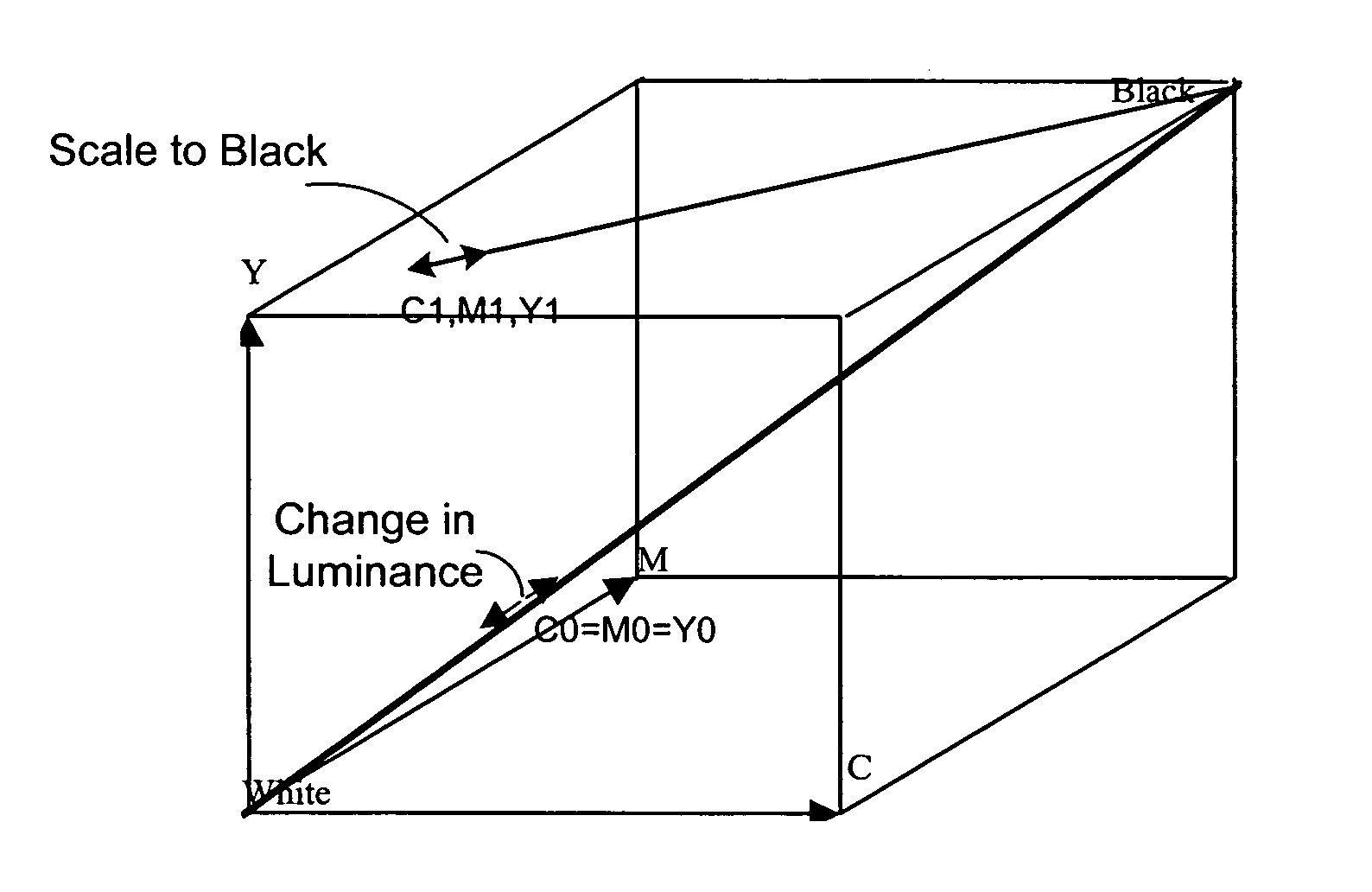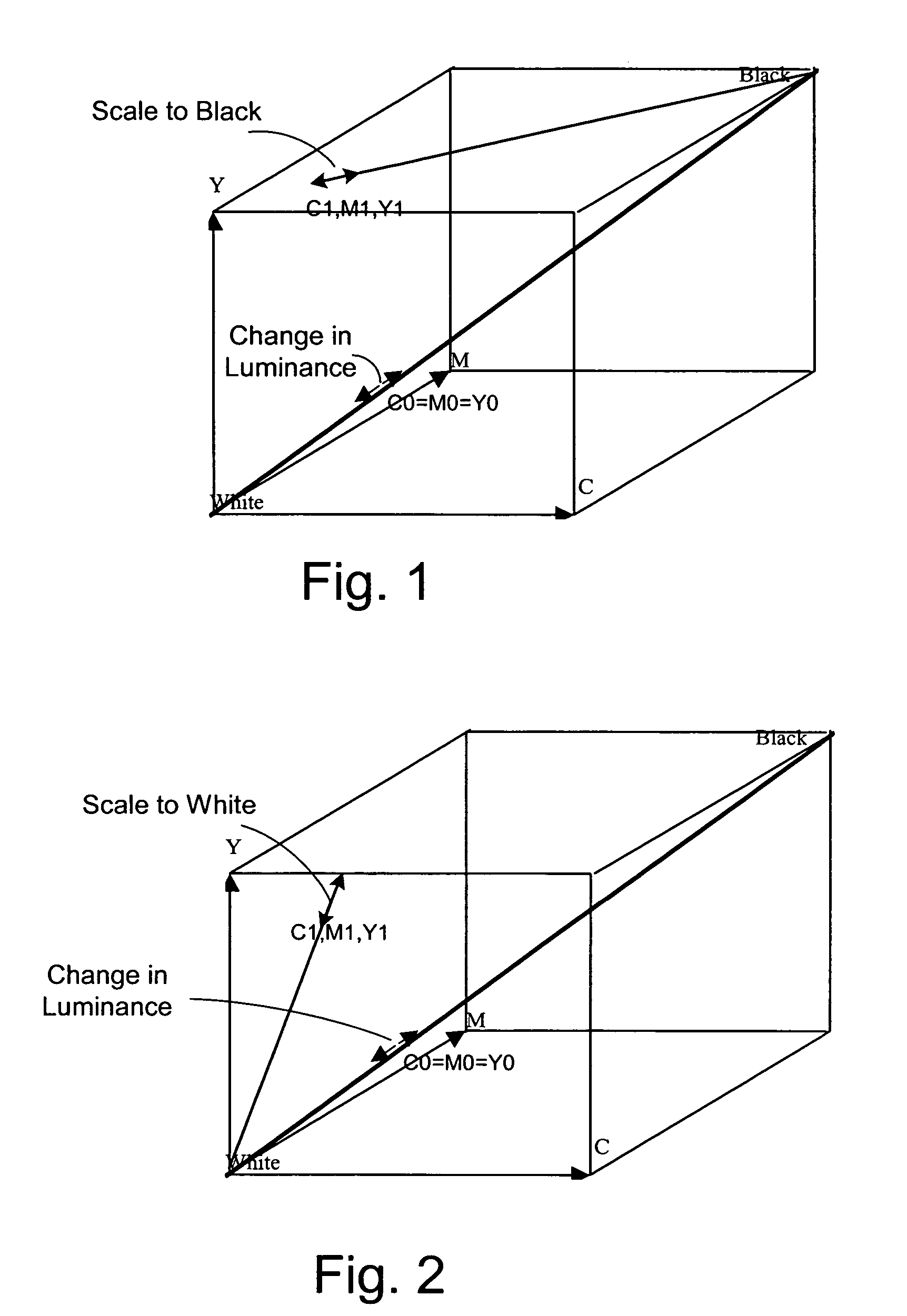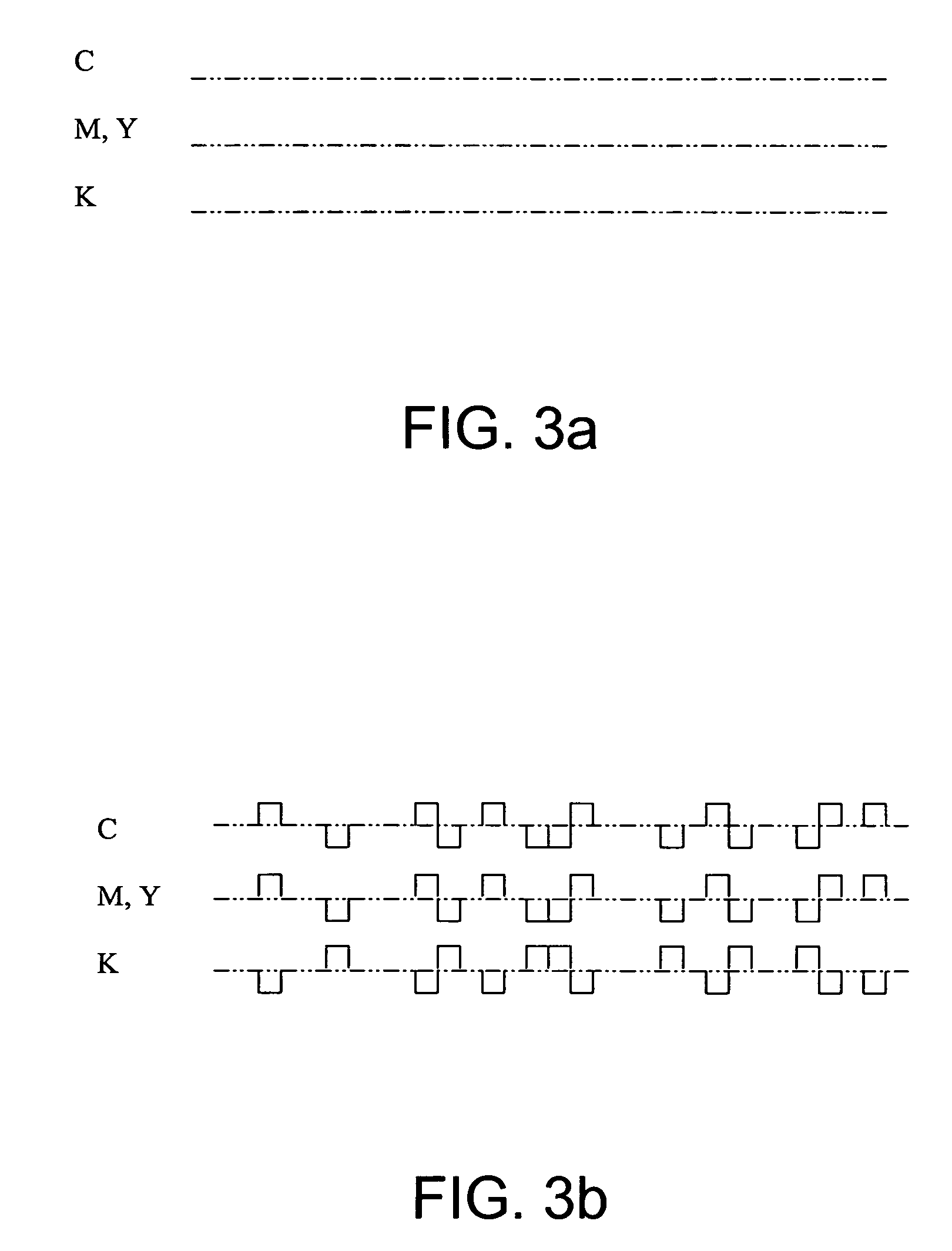Hiding information to reduce or offset perceptible artifacts
a technology of information hiding and perceptible artifacts, applied in the field of digital watermarking systems and methods, can solve the problems of unreadable watermarks, watermarks may be made fragile in numerous ways, and fragile watermarks are designed to be lost or degraded predictably, so as to achieve the effect of creating and manipulating images
- Summary
- Abstract
- Description
- Claims
- Application Information
AI Technical Summary
Benefits of technology
Problems solved by technology
Method used
Image
Examples
Embodiment Construction
Introduction
[0026]A watermark can be viewed as an information signal that is embedded in a host signal, such as an image, audio, video or some other media content. Watermarking systems typically include the following components: 1) an embedder that inserts a watermark signal in the host signal to form a combined signal; 2) a detector that determines the presence and orientation of a watermark in a potentially corrupted version of the combined signal; and 3) a reader that extracts a watermark message from the combined signal. In some implementations, the detector and reader are combined.
[0027]To encode a message, the watermark encoder analyzes and selectively adjusts the host signal to give it attributes that correspond to a desired message symbol or symbols to be encoded. There are many signal attributes that may encode a message symbol, such as a positive or negative polarity of signal samples or a set of samples, a given parity (odd or even), a given difference value or polarity o...
PUM
 Login to View More
Login to View More Abstract
Description
Claims
Application Information
 Login to View More
Login to View More - R&D
- Intellectual Property
- Life Sciences
- Materials
- Tech Scout
- Unparalleled Data Quality
- Higher Quality Content
- 60% Fewer Hallucinations
Browse by: Latest US Patents, China's latest patents, Technical Efficacy Thesaurus, Application Domain, Technology Topic, Popular Technical Reports.
© 2025 PatSnap. All rights reserved.Legal|Privacy policy|Modern Slavery Act Transparency Statement|Sitemap|About US| Contact US: help@patsnap.com



